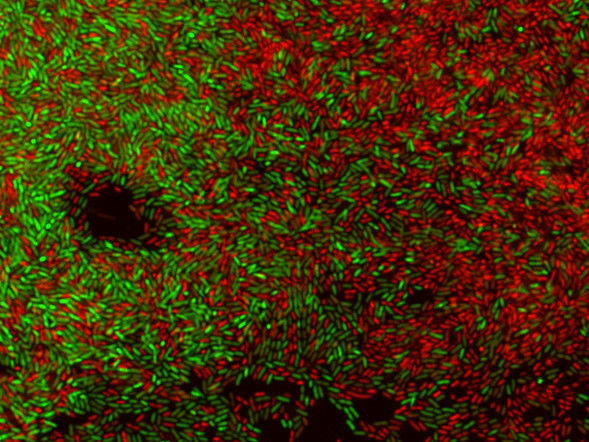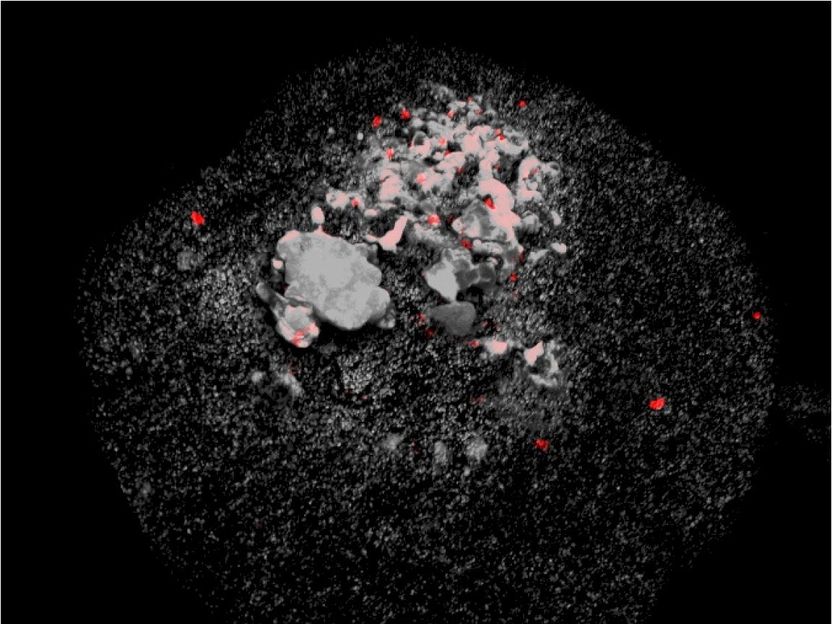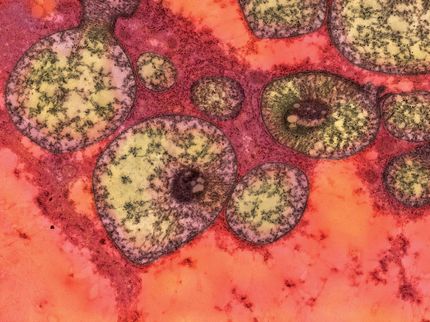Photocure announces successful Phase II results for Cevira
Photocure announced promising initial results in a Phase II study of Cevira(TM) in treatment of patients with mild cervical abnormalities. Photocure is developing Cevira(TM) for the non-surgical treatment of cervical HPV infection and precancerous lesions of the cervix. Cevira(TM) is a photodynamic therapy that combines a drug formulation with a medical device and offers the potential for an easy, quick and safe treatment procedure for patients with mild cervical abnormalities.
The preliminary results from a multi-centre placebo controlled Phase II study of 70 patients with mild cervical abnormalities showed a three month response rate of 71% for Cevira(TM) versus 43% in the control group. No serious side effects were reported. Cevira(TM) was administered as a vaginal suppository for five hours followed by photoactivation of 50J/cm2 using a laser system. These results support the efficacy/clinical benefit of Cevira(TM) in patients with low-grade cervical lesions as the first therapeutic product in this field. The final six months follow up data will be made available Q1 2011.
Standard treatment of precancerous lesions is surgery and is associated with an increased risk of side effects including preterm labour, scarring that may impair fertility, infection and bleeding, which is undesirable particularly in young women in their reproductive age. Women with mild cervical abnormalities are followed up frequently with gynaecological examinations to prevent progression to precancerous lesions. A majority of cervical lesions regress spontaneously, but treatment may be offered in the persistent conditions. In Europe and US approximately 7 million women per annum are diagnosed with mild cervical abnormalities, with a million women diagnosed with precancerous cervical lesions.
A new Cevira(TM) medical device, treatment procedure and clinical development plan was presented to FDA last week. The outcome of this meeting was positive and Photocure plans to test the new device and procedure in clinical trials by the end of 2010. The new device will provide both gynaecologists and patients with a user-friendly and single-use treatment.
Most read news
Topics
Organizations
Other news from the department research and development

Get the life science industry in your inbox
By submitting this form you agree that LUMITOS AG will send you the newsletter(s) selected above by email. Your data will not be passed on to third parties. Your data will be stored and processed in accordance with our data protection regulations. LUMITOS may contact you by email for the purpose of advertising or market and opinion surveys. You can revoke your consent at any time without giving reasons to LUMITOS AG, Ernst-Augustin-Str. 2, 12489 Berlin, Germany or by e-mail at revoke@lumitos.com with effect for the future. In addition, each email contains a link to unsubscribe from the corresponding newsletter.
Most read news
More news from our other portals
Last viewed contents
Pantec Biosolutions Closes CHF 20 Million Financing
Novartis completes shipment of US supply of Fluvirin seasonal influenza vaccine
A Change of Culture for Healthcare
Medicyte GmbH Benefits From Multi-Million Euro EU Grant VascuBone
Pneumonoultramicroscopicsilicovolcanoconiosis

Biofilms - an invisible threat to food safety - Hotspots for biofilms

Snake venom treatment investigated as antibiotic alternative for eye infections






















































